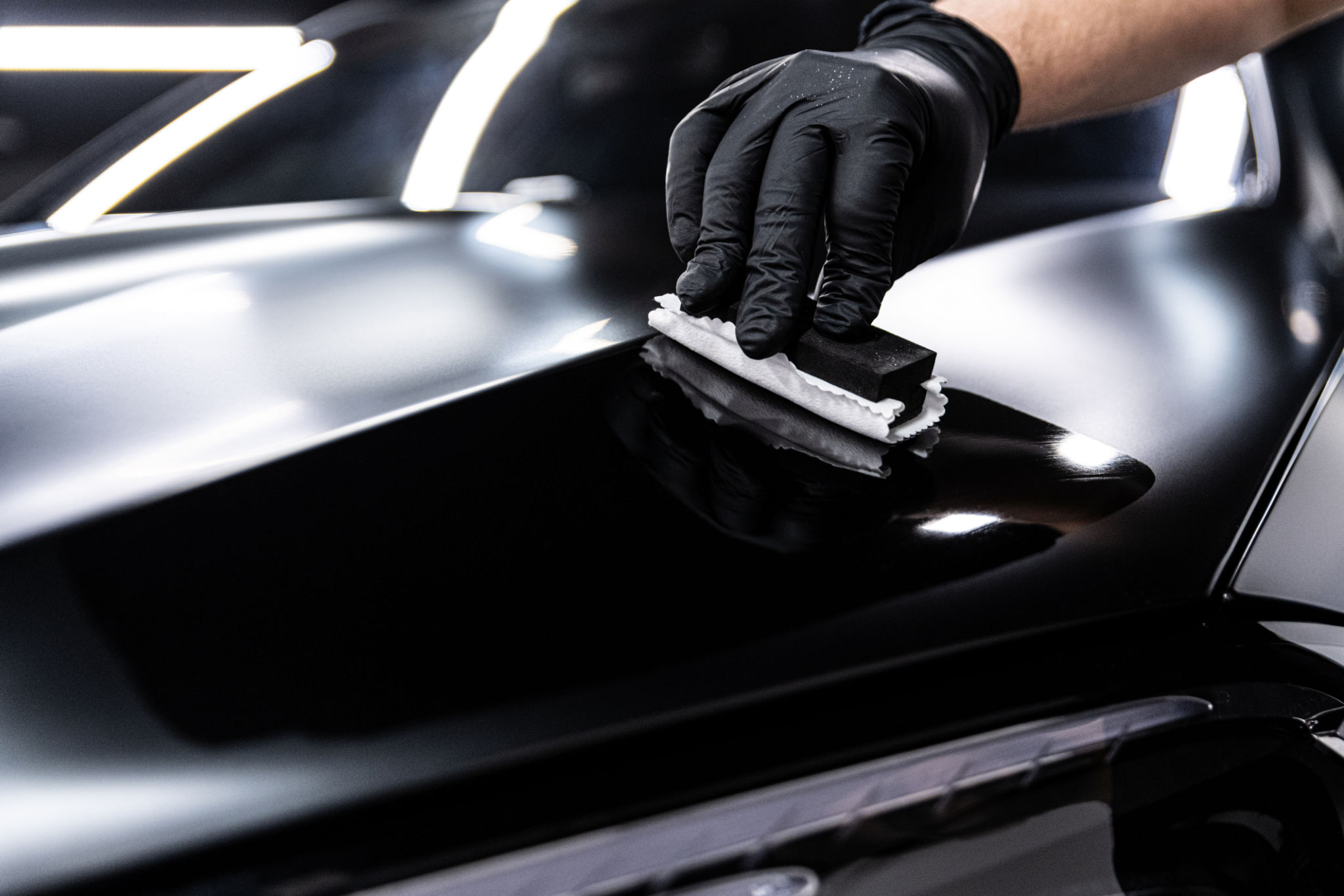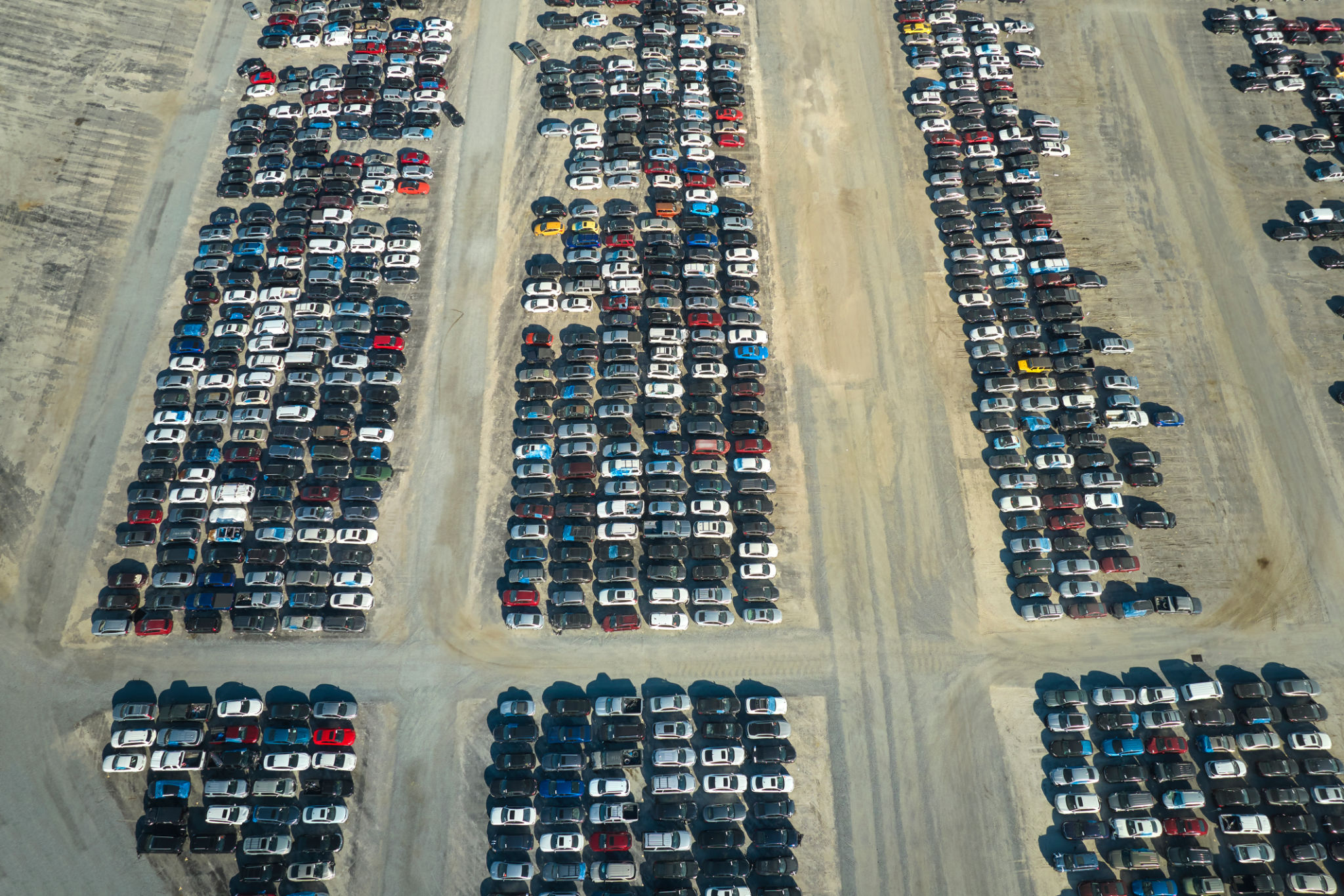Comparing Paint vs. Wrap: Which is Better for Your Car?
Understanding the Basics: Paint vs. Wrap
When it comes to customizing the look of your vehicle, two popular options stand out: traditional paint jobs and vinyl wraps. Both have their own set of advantages and drawbacks, making the decision heavily dependent on your specific needs and preferences. This guide will help you navigate through the pros and cons, helping you make an informed decision.

Paint jobs have been a staple in the automotive world for decades, offering a classic and durable finish. On the other hand, vinyl wraps are a relatively new trend that has rapidly gained popularity due to their versatility and ease of application. Let's dive deeper into what each option offers.
Durability and Longevity
When considering a paint job, durability is often a major selling point. High-quality paints can last for many years without fading or chipping, provided they are properly maintained. A well-applied paint job can endure a variety of weather conditions, making it a long-lasting solution for your car’s exterior.
Conversely, vinyl wraps typically have a lifespan of about five to seven years. While they may not last as long as paint, wraps can be more resistant to scratches and minor dings. Additionally, they offer the flexibility of being easily replaced or updated when desired.

Cost Considerations
Cost is a significant factor for many when choosing between a paint job and a wrap. In general, paint jobs tend to be more expensive due to the labor-intensive process and the cost of materials. Custom colors and effects can further increase the price.
Wraps are generally more affordable, especially for those seeking intricate designs or custom graphics. The cost-effectiveness of wraps makes them an attractive option for those who wish to frequently change their vehicle's appearance without breaking the bank.
Aesthetic Flexibility
Both paint and wrap offer unique opportunities for customization, but with different levels of flexibility. Paint provides a traditional look with a wide range of color choices and finishes, including matte, gloss, or metallic. However, achieving complex designs can be laborious and costly.

Wraps excel in their ability to offer intricate and vibrant designs that are difficult to achieve with paint alone. From matte and gloss finishes to unique patterns and textures, wraps provide a level of creativity that is hard to match. This flexibility makes them ideal for those looking to make a bold statement with their vehicle's appearance.
Maintenance and Care
Regardless of whether you choose paint or wrap, proper maintenance is key to preserving your car's appearance. Painted surfaces require regular washing and waxing to protect against fading and oxidation. It is essential to use gentle cleaning methods to avoid damaging the paint.
Wraps also require maintenance but are generally easier to care for. They can be washed with mild soap and water and do not require waxing. However, it's important to avoid abrasive materials that could scratch or peel the vinyl.
Resale Value Impact
The choice between paint and wrap can also influence your vehicle's resale value. A professionally done paint job may enhance the car's value if it aligns with popular tastes. However, non-standard colors might limit its appeal to potential buyers.

Wraps offer an advantage in this regard as they can protect the original paint from damage without permanently altering it. When it's time to sell, removing the wrap can reveal a well-preserved paint job underneath, potentially increasing the car's market value.
In conclusion, both paint and wrap have their own merits depending on what you're looking for in terms of durability, cost, aesthetic flexibility, and maintenance. Whether you choose the timeless appeal of a paint job or the creative freedom of a wrap, understanding these factors will help you make the best decision for your car.
